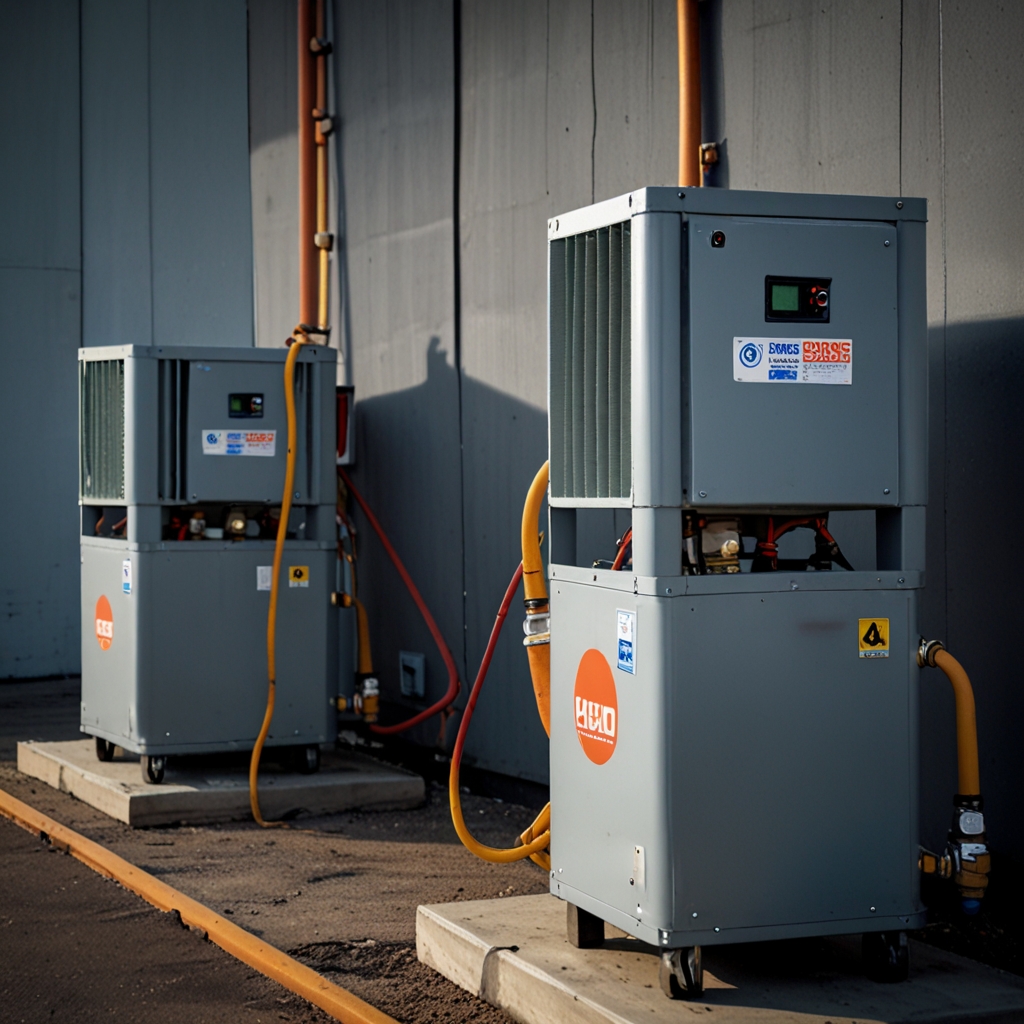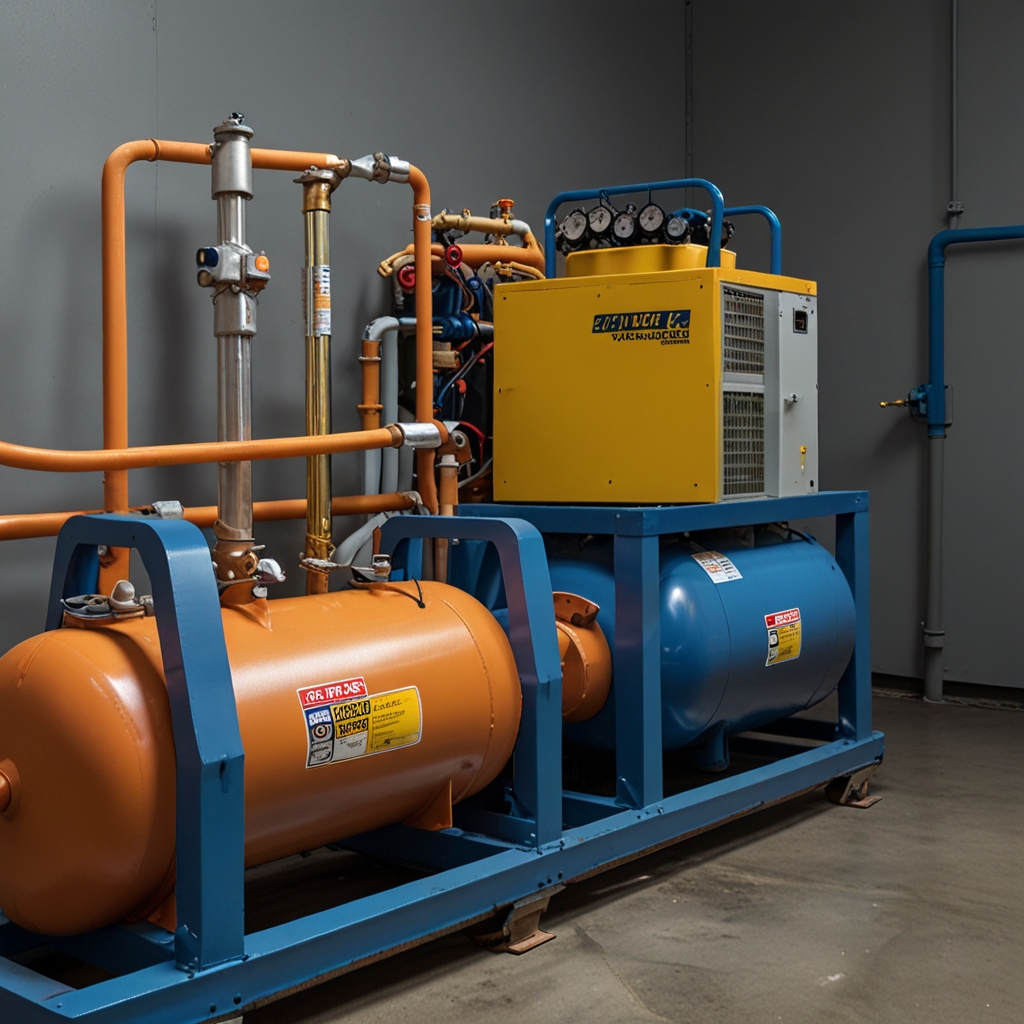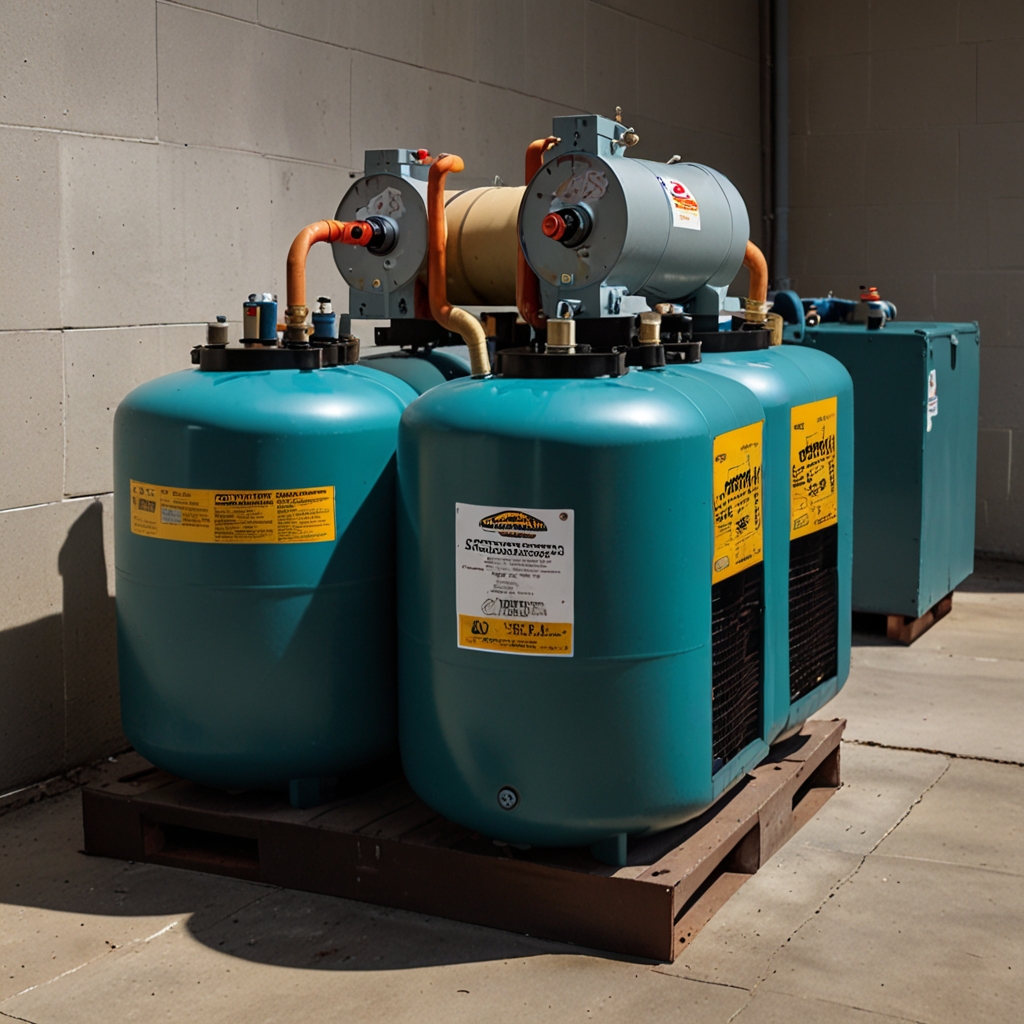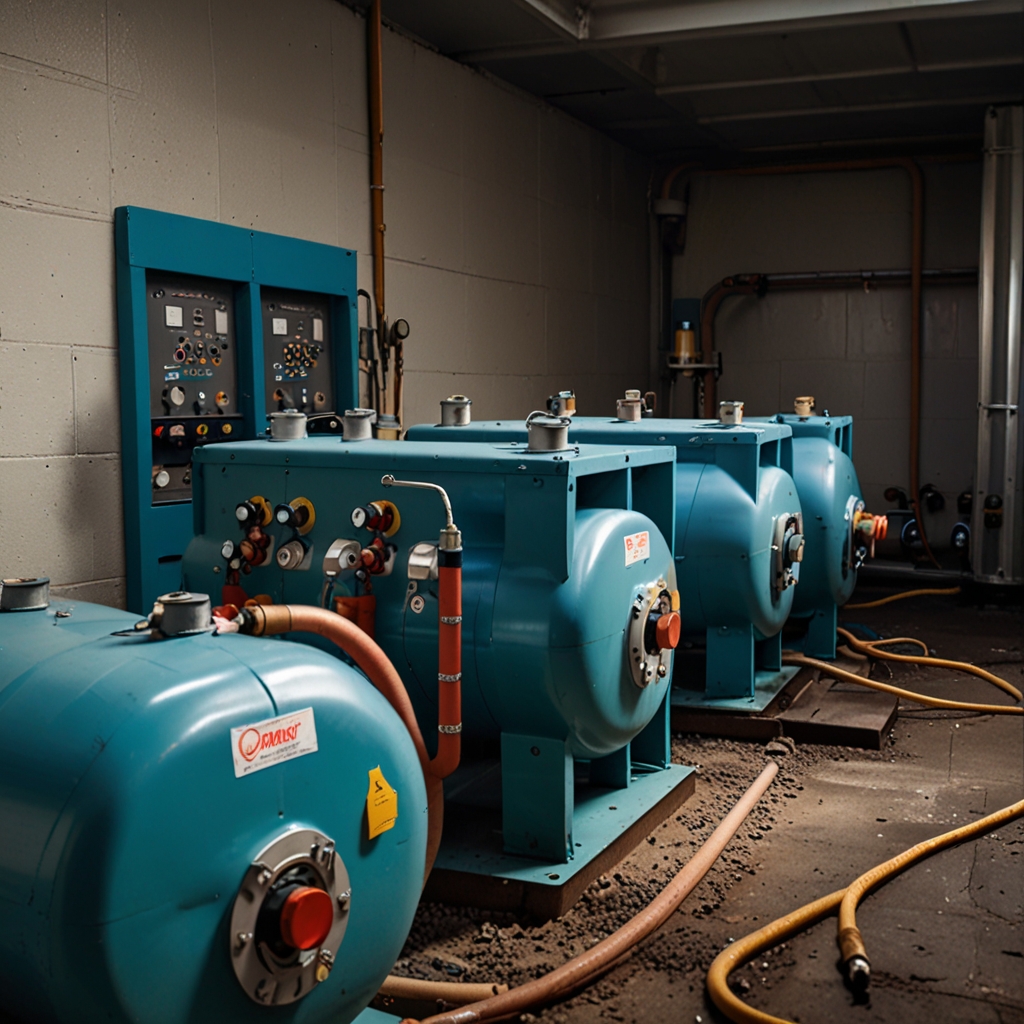A reliable 1/2HP AC Portable Refrigerant Recovery Unit, like the QCJLFG3HUSYB8-SHOWUN, plays an essential role in air conditioning repairs, as it effectively recovers refrigerants during maintenance processes. Durable and designed for efficiency, this refrigeration recycling machine not only enhances safety but also ensures compliance with environmental regulations, making it a critical tool for HVAC professionals.

Understanding the Features of a Reliable 1/2HP AC Refrigerant Recovery Unit
The main components of a refrigerant recovery unit include a compressor, condenser, evaporator, storage tank, and gauges. When purchasing a refrigerant recovery tool, seek specifications such as the recovery speed, maximum working pressure, and compatibility with various refrigerants.
A 1/2HP unit, like the 1/2HP refrigerant recovery machine, provides ample recovery capacity for most residential and light commercial applications, often competing effectively with higher horsepower models for typical tasks. Reliable units should have safety features like over-pressure protection, high-temperature shutoff, and durable hoses to ensure safe operations during air conditioning repairs.

What essential features make a refrigerant recovery unit effective?
The typical weight of a portable refrigerant recovery unit, such as the QCJLFG3HUSYB8-SHOWUN, generally hovers between 50 to 70 pounds, making it manageable for technicians. Units can often recover between 3 to 5 pounds of refrigerant per minute, providing significant time savings during servicing sessions.
The maximum working pressure for most reliable units typically reaches around 400 PSI, enabling effective refrigerant management in diverse conditions. With regular use, these units are designed to last approximately 5 to 10 years, depending on maintenance practices and operational conditions.

Benefits of Using a Reliable 1/2HP AC Portable Refrigerant Recovery Unit
Portable refrigerant recovery units, such as the Refrigerant recycling machine AC unit, offer advantages like easy transport from one job site to another, which greatly enhances technician efficiency during repairs. The portability improves efficiency, allowing technicians to quickly set up and start recovering refrigerants without delays associated with stationary units.
Using a reliable 1/2HP unit can lead to significant cost savings due to the reduction in refrigerant loss and associated disposal fees. Additionally, these machines contribute to environmental protection by minimizing refrigerant releases into the atmosphere, ensuring compliance with EPA regulations while servicing AC systems.

How can portability enhance the usability of a refrigerant recovery device?
This type of unit can easily be transported to various locations, such as residential homes and commercial buildings, which is ideal for HVAC service professionals. The maximum distance from a power source typically remains around 50 feet, ensuring the unit can operate effectively in diverse job settings without being overly cumbersome.
Setup time for a portable recovery unit like the QCJLFG3HUSYB8-SHOWUN usually takes less than 10 minutes, enabling technicians to start work quickly. Skilled technicians can service between 4 to 6 AC systems in a single day, maximizing productivity and recovery efforts across multiple job sites.
Maintenance Tips for Your Reliable 1/2HP AC Portable Refrigerant Recovery Unit
Routine checks are essential for maintaining refrigerant recovery units, including inspecting hoses for leaks, ensuring proper refrigerant levels, and testing the electrical connections. Maintenance should be performed at least once every three to six months to guarantee optimal performance and longevity of the machine.
Recommended cleaning methods include using compressed air to clean coils and wiping down external surfaces to remove dust and debris, which enhances airflow. Proper maintenance practices can extend the lifespan of your refrigerant recovery device significantly, enabling it to perform from 5 to 10 years without major issues.
What regular maintenance tasks should be performed on a recovery unit?
Units that operate for over 100 hours typically necessitate an inspection to ensure all components function properly and comply with safety standards. The average cost of maintenance per year for reliable units ranges between $200 and $400, depending on frequency and scope of the services performed.
Filters should be replaced every 12 months for optimal performance, as clogged filters can hinder recovery efficiency and strain the unit. Oil changes on these refrigerant recovery machines should ideally be done every 500 hours of usage to maintain fluidity and reduce wear on internal components.
